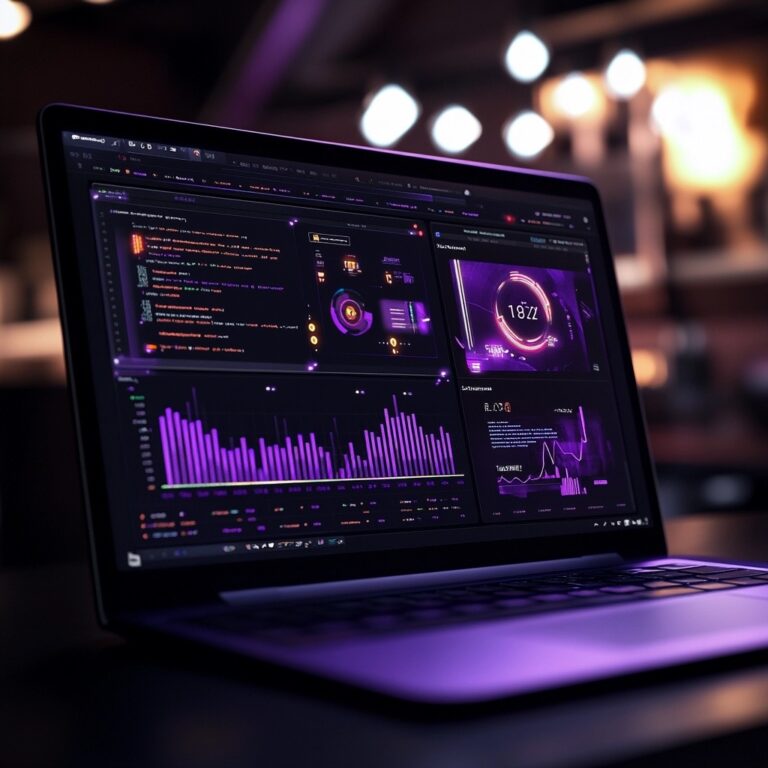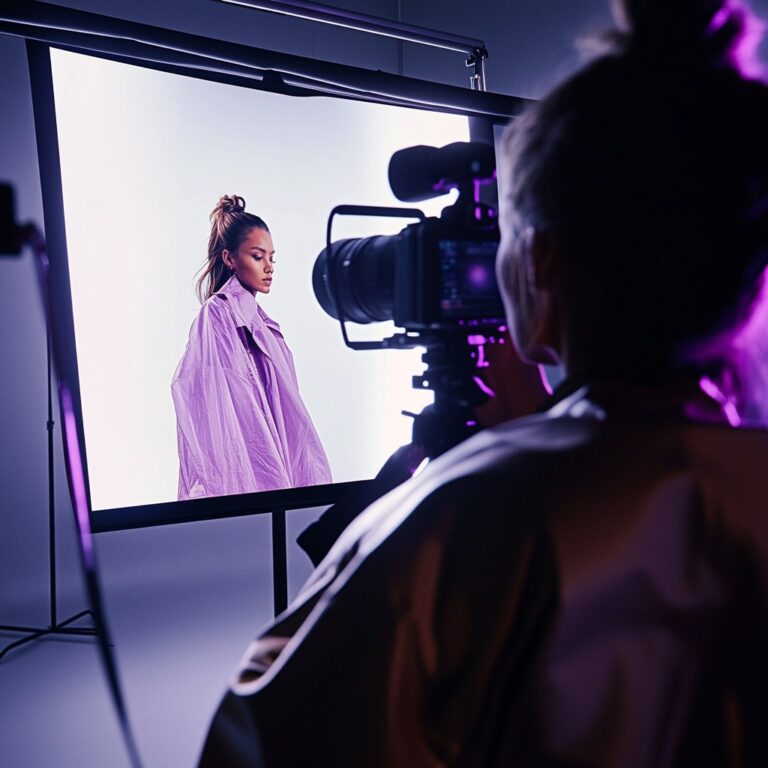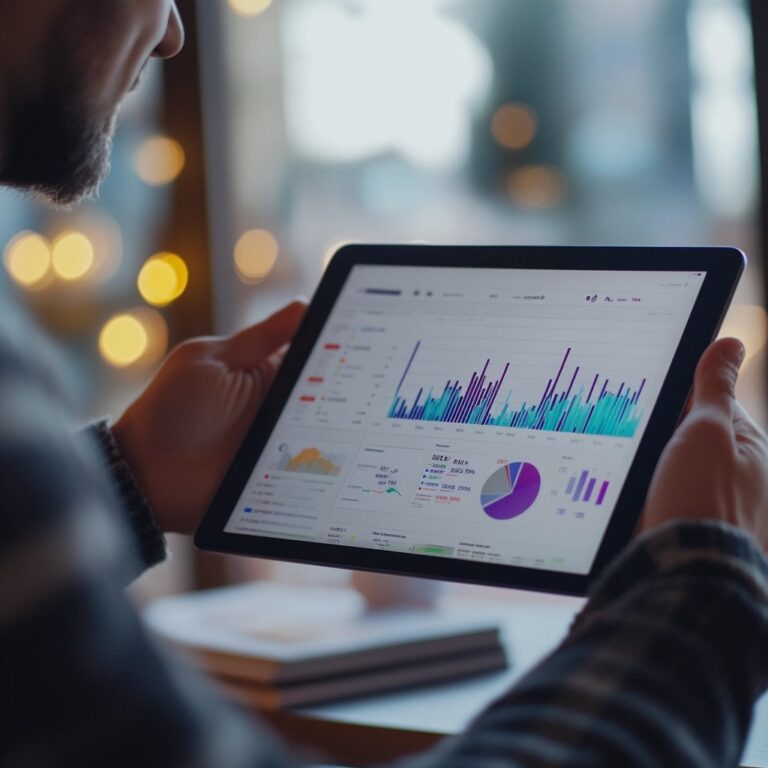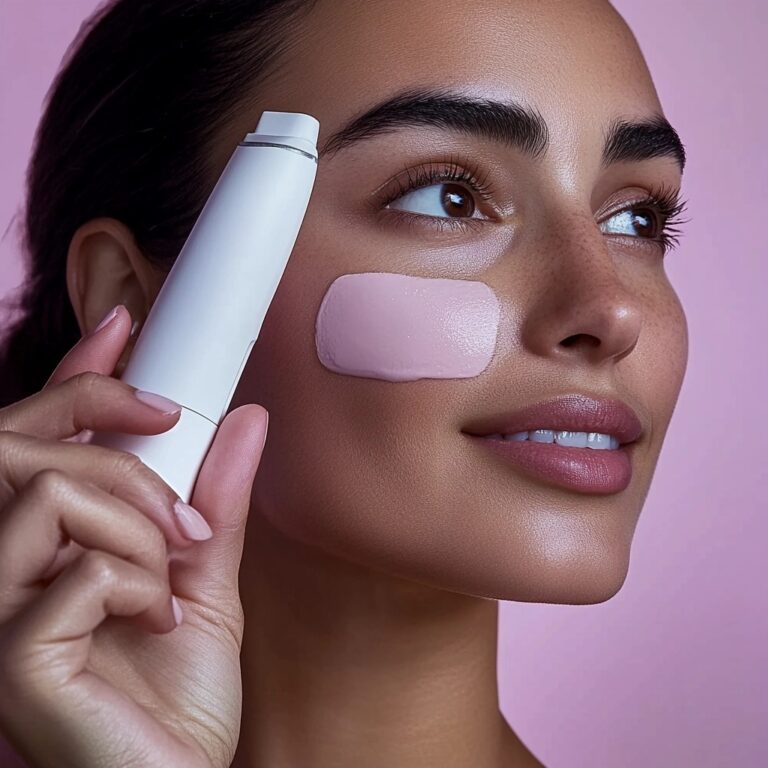How to Prevent Ad Fatigue

- 1. Understanding ad fatigue
- 2. How ad fatigue impacts campaign performance
- 3. Common causes of ad fatigue
- 4. Strategies to prevent ad fatigue
- 5. The role of A/B testing in sustaining engagement
- 6. Multi-channel advertising as a solution
- 7. Measuring and responding to ad fatigue
- 8. Keeping ads fresh for continuous performance
Online marketing is more saturated than ever before. With 12 million e-commerce brands in the US alone in 2025, consumers encounter digital ads at every turn—from their lunch break social media scrolls to their late-night streaming binges.
Of course, this market saturation, combined with the ever-growing digital landscape, is a recipe for ad fatigue.
What is ad fatigue, exactly? When consumers are exposed to similar ads for a specific array of products over a sustained period, they simply become less responsive. Ad fatigue may desensitize consumers to ads completely—fatigued consumers simply ignore familiar ads.
Fortunately, by recognizing the signs of fatigue early and tweaking their strategies in response, brands can bounce back from fatigue. That’s the topic of this guide: helping companies keep their ad campaigns fresh, engaging, and effective.
Understanding ad fatigue
Consumers can experience ad fatigue under multiple conditions:
- Seeing the same ad repeatedly – Without new content to spark their interest, repeated ads become easier for consumers to tune out.
- Encountering visually similar ads – Consumers know what ads look like—and where they usually are on a webpage. If an ad looks like all the others they’ve seen (i.e., it doesn’t defy their expectations), they may simply scroll past it.
- Receiving ads for similar products – Brands rely on similar sources of consumer information: cookies and first-party data, for instance. Once consumers start receiving multiple ads for similar products (or ads that all cater to just one of their interests), they’ll skip the monotony and move on.
Unfortunately, ad fatigue can occur in any medium. Social media ads, display campaigns, PPC, and even email marketing can induce ad fatigue when creative assets grow stale.
How ad fatigue impacts campaign performance
Ad fatigue can negatively impact a campaign in two key ways:
- Lack of engagement – Users who repeatedly see the same message advertising the same product without any variation are more likely to tune out the ad, react negatively, or simply not engage.
- Deprioritization – Many platforms (like Facebook) use machine learning tools to prioritize ads to deliver to users. But when user engagement declines (due to ad fatigue, perhaps), models may deprioritize ads based on their decreased likelihood of user interaction.
Both of these phenomena are indications of a potentially unsuccessful ad campaign.
And, of course, both of these ultimately impact the bottom line: Click-through rate (CTR) decreases, customer acquisition cost (CAC) increases, and brands don’t get their expected return on their marketing investments.
Common causes of ad fatigue
While there are numerous potential causes of ad fatigue, marketers often encounter fatigue when:
- Ads lack variation – When brands produce limited creative variations of an ad (i.e., they only publish a few different versions of a base asset), materials can quickly become stale. This is especially true on social media platforms like Instagram—users potentially scroll past the same visuals multiple times, increasing their likelihood of fatigue.
- Audience targeting is too narrow – While there’s something to be said for specificity, targeting a narrow audience can lead to ad repetition. Even if the ads are highly relevant to the chosen audience segment, users will scroll past an ad they’ve already seen.
- Campaigns run for too long without refreshment – Long ad campaigns that aren’t adjusted regularly can lose momentum over time. User interest wanes and fatigue accelerates.
Strategies to prevent ad fatigue
Learning how to prevent ad fatigue can take time. But with the following strategies, brands can identify potentially stale content before it’s noticed by users.
Refresh creative assets regularly
Keeping content engaging is a must—especially for long-running campaigns or ads posted on multiple platforms.
Today’s brands must refresh their content regularly by:
- Swapping out images – Changing images in ads is just one way to subvert viewers’ expectations. Even if they recognize a logo, a new image may pique their interest.
- Changing video content – Posting different edits of existing footage may entice viewers to watch an entire ad instead of skipping it.
- Updating messaging – Brands can update their ad messaging in a variety of ways to keep content feeling fresh: They can change a significant portion of the copy, advertise a different product in the same vertical, or even change the tone of an ad to hold viewers’ attention.
In addition, brands can keep content fresh by using different formats to advertise the same product. That might look like running a static image ad for a set timeline, replacing it with a video, and then replacing the video with a text ad.
Prevent overexposure
Preventing overexposure to ads is a must for brands looking to attract interactions. They can do this in two ways:
- Expanding audience targeting – Narrow audience targets can lead to ad repetition—especially in highly niche segments with few users. Broadening the message of an ad—and expanding the target audience—can help prevent overexposure and repetition.
- Adjusting frequency caps – Individual platforms give brands the ability to tweak their ad frequency caps: limits on how often ads can appear to the same user. Keeping frequency caps low doesn’t reduce the risk of repetition—it reduces repetition entirely.
Successful brands balance healthy ad saturation with overexposure prevention—a skill that can take time and practice to master. An experienced digital marketing agency can help brands hone their ad exposure to ensure reach without causing fatigue.
Use automation tools for optimization
While manual campaign tweaks (like adjusting frequency caps) can certainly be effective, they can also be time-consuming—especially for brands running expansive, multi-channel campaigns.
The solution? Automation tools.
AI-driven ad optimization platforms can:
- Automate rotations – AI tools can automatically swap out variations of ads, cycling them to prevent overexposure.
- Identify engagement drops – Reduced engagement is an early sign of ad fatigue. Instead of tracking these metrics by hand, brands can use high-tech tools to monitor engagement and send alerts when performance dips.
- Suggest changes – Advanced tools can make actionable suggestions to keep campaigns fresh before ad fatigue sets in.
Of course, humans still have a role to play in managing ad campaigns. But AI tools can free up time for creating fresh content and working on broader campaign strategies.
The role of A/B testing in sustaining engagement
Brands can also leverage A/B testing to sustain engagement and prevent ad fatigue. How?
- Publishing multiple versions – After publishing two variations of the same ad, brands can measure engagement with each one. If one variation performs better than another, the brand can lean into the variation that made the biggest impact.
- Collecting data across segments – Running similar A/B tests in different segments can offer insight into how separate audiences react differently to campaign messaging. Data collected can guide future ad variations to ensure they resonate with specific audiences.
A/B tests can be general (assessing overall ad appearance, for example) or granular (testing variations in headlines, visuals, and CTAs). In either case, performance data from A/B tests can guide strategic creative refreshes before fatigue sets in.
In addition, publishing A/B variations can help keep ad content fresh from the beginning of a campaign; users will always have the potential to see two distinct ads.
Multi-channel advertising as a solution
Another potential solution to overexposure? Multi-channel advertising.
Distributing ads across multiple platforms reduces the risk of overexposure in any single environment. However, businesses that diversify into different channels have to create ad content that’s compatible with each channel.
Take various social media platforms, for instance:
- Instagram is an image-focused platform; photos, snappy graphics, and even video clips mesh well with non-ad content on the platform.
- TikTok is almost exclusively video-based; so, video ad content posted to this platform is most likely to perform well.
- Facebook offers a combination of images, videos, and text—any combination of these could lead to ad engagement.
Each platform above also offers variation potential when it’s time to refresh content. Replacing a five-second video on TikTok with a longer-form explainer or influencer marketing spot could help keep content fresh—even on a single platform.
Measuring and responding to ad fatigue
To measure ad fatigue, businesses can track key performance indicators (KPIs) like:
- Click-through rate (CTR).
- Conversion rate.
- Engagement metrics (like clicks and impressions).
When these KPIs begin to drop, it could be an indicator that ad content has grown stale—especially if ads were scoring highly in these areas at the start of the campaign.
In the event of declining KPIs, brands leveraging digital marketing services might receive the following advice:
- Adjust budget allocations – Temporarily shifting spending to another ad channel could help reduce fatigue and expand reach in the meantime.
- Test new formats – In the face of fatigue, brands have an opportunity to experiment with formats they haven’t tried before. Switching from text ads to videos, user-generated content to graphic ads, or videos to image carousels can all help prevent ad fatigue.
- Refine audience segmentation – Broadening the audience of an ad or shifting a segment entirely can be an impactful response to potential overexposure.
All of the above tactics can help brands respond to fatigue or simply maintain the long-term effectiveness of a campaign.
Keeping ads fresh for continuous performance
Continued engagement with an ad campaign requires a proactive approach. Making creative updates, diversifying the audience, or tweaking a campaign based on data collected during A/B testing can all help thwart ad fatigue before it starts.
The purpose of preventing fatigue? Maximizing marketing ROI.
Brands looking to grow with intentional, impactful ad spending partner with Power Digital: A tech-enabled growth marketing agency transforming uncertain outreach strategies into undeniable success.
We use data to dominate doubt and leverage human talent to produce outsized results. That means real, long-term growth for your business.
Take your marketing to the next level with Power Digital.
Sources:
UpCounting. There Are 12 Million eCommerce Sites in the US in 2025. https://www.upcounting.com/blog/how-many-ecommerce-sites-us
Forbes. How E-Commerce Businesses Can Bounce Back from Ad Fatigue. https://www.forbes.com/councils/forbesagencycouncil/2022/09/30/how-e-commerce-businesses-can-bounce-back-from-ad-fatigue/
Amazon Ads. Optimal Frequency Analysis. https://advertising.amazon.com/API/docs/en-us/guides/amazon-marketing-cloud/playbooks/optimal-frequency-analysis
Meta. Good Questions, Real Answers: How Does Facebook Use Machine Learning to Deliver Ads?. https://www.facebook.com/business/news/good-questions-real-answers-how-does-facebook-use-machine-learning-to-deliver-ads
Harvard Business School. 7 Marketing KPIs You Should Know & How to Measure Them. https://online.hbs.edu/blog/post/marketing-kpis
LinkedIn. Ad Fatigue Is Real: Know Why/How to Keep Your Ads Fresh & Effective. https://www.linkedin.com/pulse/ad-fatigue-real-know-whyhow-keep-your-ads-fresh-mahendra-kushwaha-umgxf
Google Ads. Frequency Capping: Definition. https://support.google.com/google-ads/answer/117579?hl=en
Tech Target. What Is Multichannel Marketing?. https://www.techtarget.com/searchcustomerexperience/definition/multichannel-marketing
Our Editorial Standards
Reviewed for Accuracy
Every piece is fact-checked for precision.
Up-to-Date Research
We reflect the latest trends and insights.
Credible References
Backed by trusted industry sources.
Actionable & Insight-Driven
Strategic takeaways for real results.

















